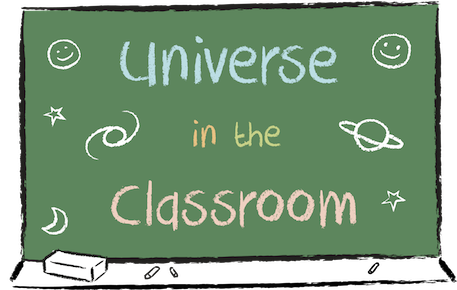Over 300 years ago Isaac Newton passed a beam of white sunlight through a prism and discovered that it is made up of a variety of colours. This phenomenon also happens in nature, rainbows are caused by sunshine shining on water droplets in the air. Thousands of these water droplets break up the light, just like prisms.
This experiment demonstrates what happens when light is refracted. In this activity, students will duplicate Newton's experiment and learn about colours by creating breaking light into the seven colours of the rainbow.
Full Instructions
Learning Objectives
- Understand that light travels in straight lines and that light can be refracted.
- Understand that white light is made up of the colours of the rainbow.
Materials
- Copy of Colours Student Worksheet per student
- Sheet of white paper
- A big bowl of water, a small mirror and a sunny day OR a CD/DVD and a torch
Background Science
Over 300 years ago Isaac Newton passed a beam of white sunlight through a prism and discovered that it is made up of many different colours. The prism allowed light to spread out into a band of six colours: red, orange, yellow, green, blue, indigo and violet. This phenomenon also happens in nature, rainbows are caused by sunshine shining on water droplets in the air. Thousands of these water droplets break up the light, just like prisms.
This experiment demonstrates what happens when light is refracted. Refraction happens when light enters another substance of a different density, causing it to slow down or speed up. This translates into bending.
A spectrum, or rainbow, is created because white light is made up of many different wavelengths and each of these wavelengths bends differently.
Violet light bends the most and red light bends the least. The difference in angle means the light leaves the water in different positions, showing as bands of colour.
Step-by-Step
1) Ask students what colour the light source is (Sun or torch): yellow or white?
2) If you are using the Sun as your light source, fill a bowl with water and set the water by a window, then place the mirror part way into the water facing the window.
3) If you are using a CD/DVD, point the torch at the CD/DVD so you can see the light reflected.
4) Hold the piece of paper up to intercept the reflection. A rainbow should appear on the paper.

5) Explain that although the light we see from the source appears white, it is actually made up of all the colours of the rainbow combined. These colours are just hidden from us until the right tools reveal them (in this case the water).
6) Explain that light travels in straight lines (see the How Light Travels activity for more information on how to demonstrate this) but it can be bent. For example the water has bent the light in this experiment. Tell them this is called Refraction. Light of different colours bends differently.
7) Ask the students to fill out the Colours Student Worksheet.
Conclusion
Reveal the colour of light from other stars by taking a photograph of a star cluster using the robotic telescopes and colouring them in using our quick and easy method. See How To Create Stunning Colour Images.
National Curriculum
KS2 Science in the Welsh National Curriculum
“How things work: how light travels and how this can be used.”
